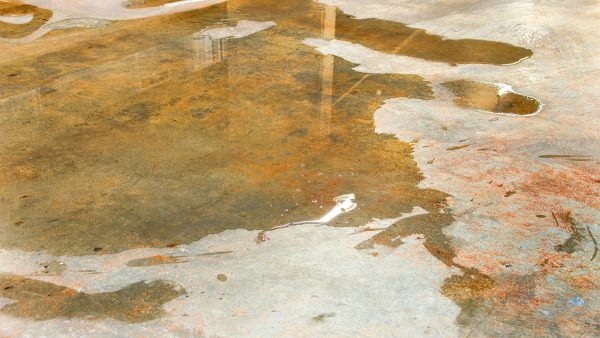How common are slab leaks?

Slab leaks can happen in both commercial and residential settings. They are fairly common, but—more importantly—they’re preventable. Find out what causes slab leaks, how to detect slab leaks, and how to prevent slab leaks in concrete.
What is a slab leak?
The term “slab leak” most often refers to plumbing leaks within the foundation of a building. If a pipe cracks or bursts, the water flowing through it will soon seep into the pores of the concrete.
There are other reasons you may notice water on your concrete, such as water infiltration from improper sealing. In any of these scenarios, it’s best to address the leak promptly to minimize property damage.
What causes slab leaks?
Slab leaks may result from a variety of factors, including:
- Improper plumbing installation or concrete pouring
- Corrosion in the pipes
- Abrasion between construction materials
- Expansion and contraction during freeze/thaw cycles
- Foundation shifting
How common are slab leaks?
Slab leaks are common throughout the U.S., especially in areas where the soil content leads to swift foundation shifts. For example, the clay soil in Oklahoma is known for being slightly unstable. If a building is not properly fortified during the construction stage, it’s likely to shift over time.
The fact that slab leaks are common doesn’t mean you should just accept them. You can take steps to prevent slab leaks and protect your foundation from damage.
How to detect slab leaks
Some signs of slab leaks are visible, such as pooling water on the floors. Others may be less noticeable at first, such as mold under the flooring or a spike in the water bill. If you think you may have a slab leak, JK Industries offers thermographic leak detection. We use a special device to assess temperature changes within the slab. This allows us to pinpoint the source of the leak without extensive demolition.
From there, we can evaluate the best way to resolve the leak, whether it be through plumbing alterations, concrete repair, joint sealing, or other steps.
